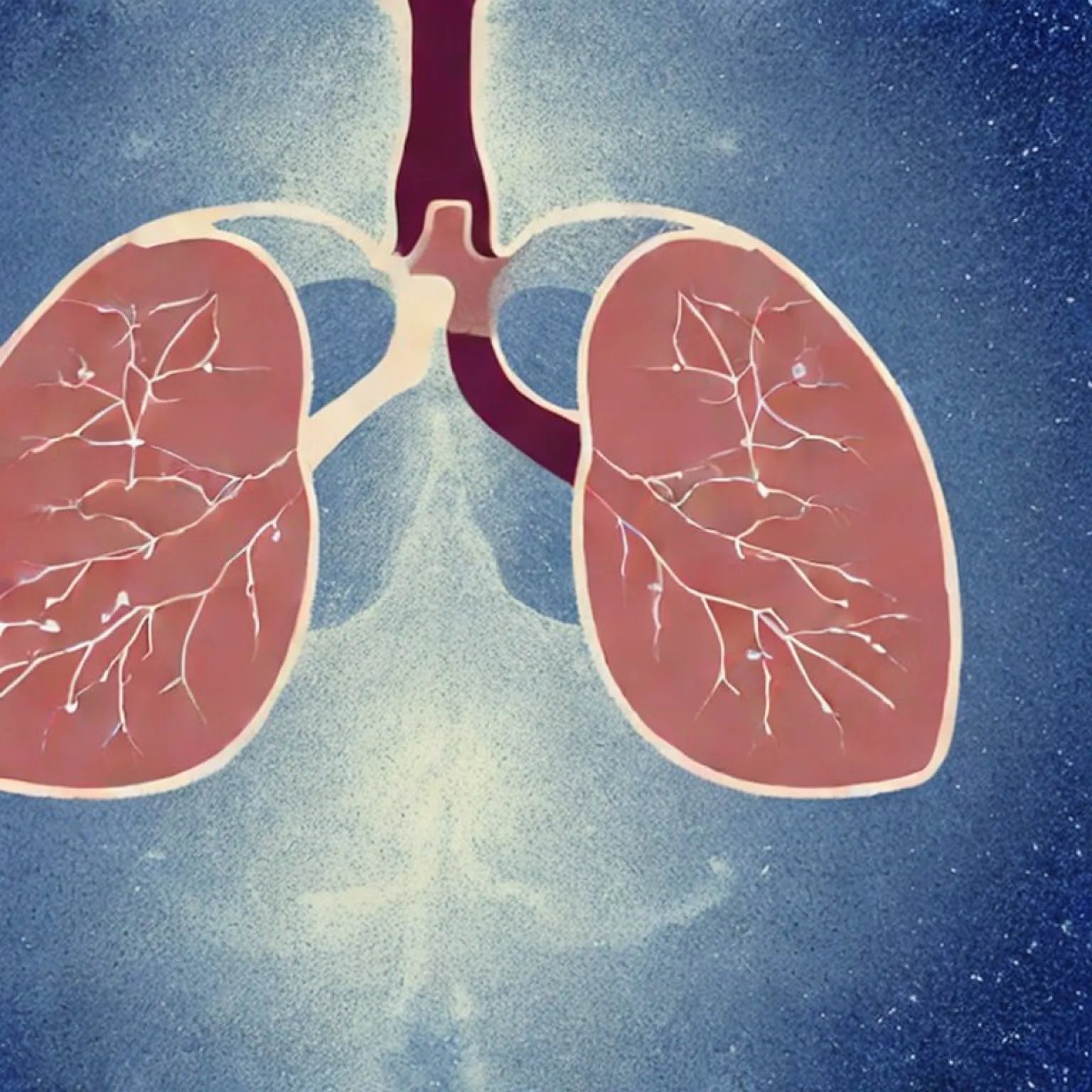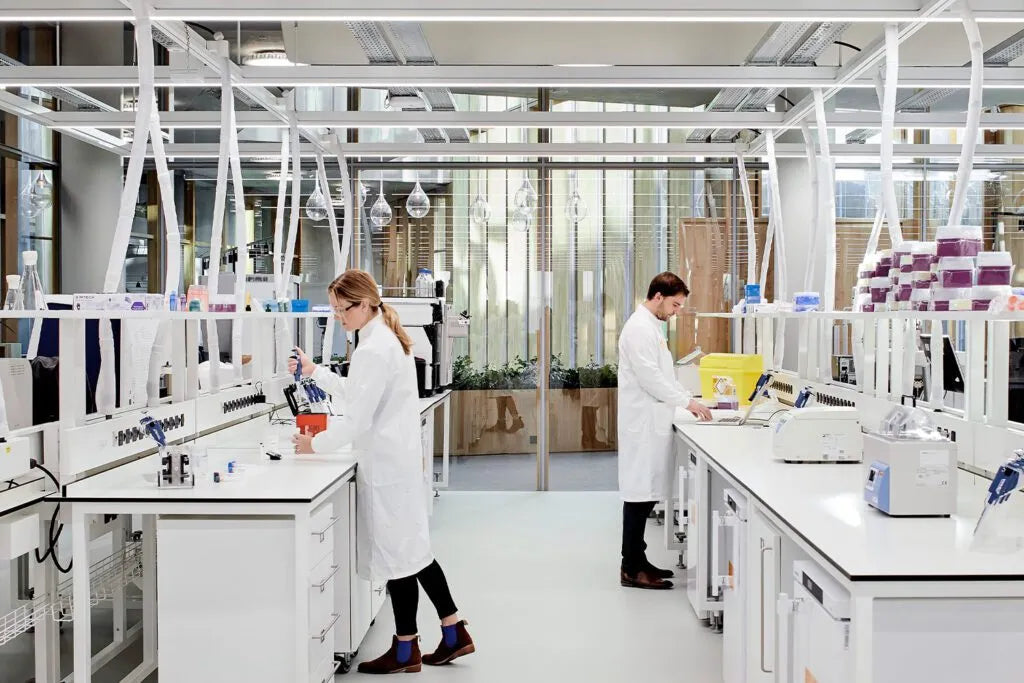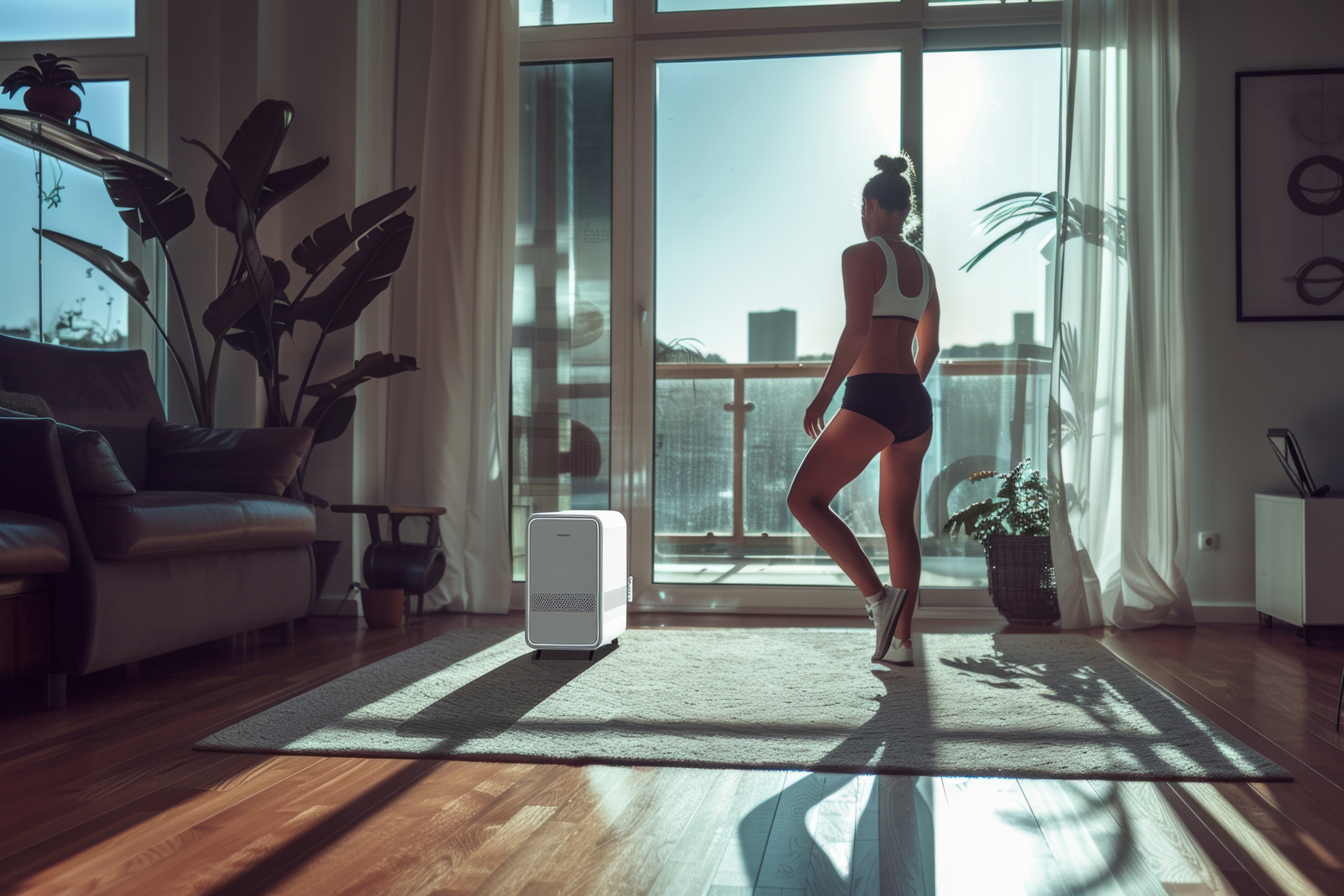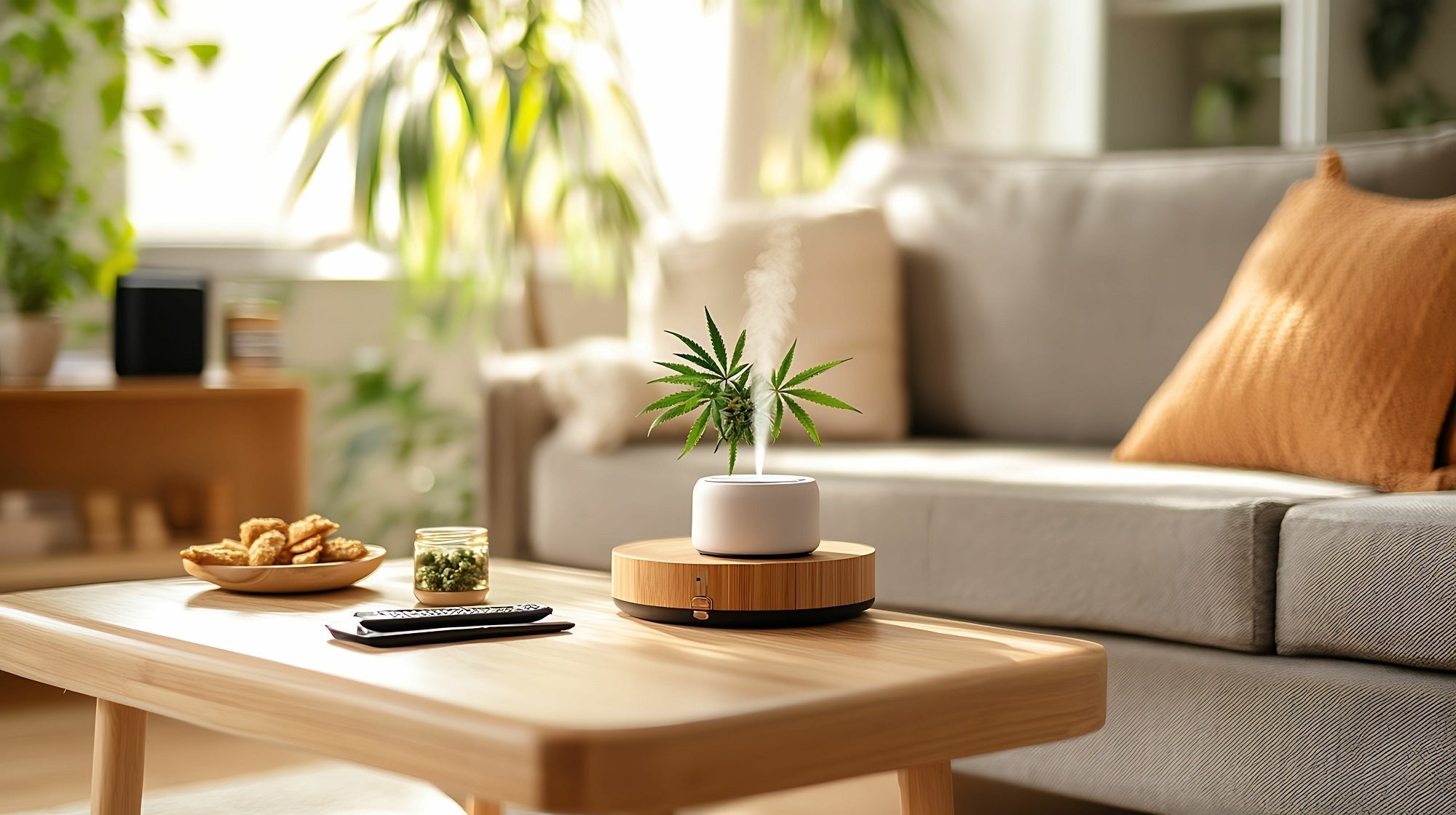The Dangers of PM2.5

In recent years, there has been increasing concern over the dangers of PM2.5 pollution. PM2.5 refers to tiny particles with a diameter of less than 2.5 micrometers that can be found in the air we breathe. While outdoor PM2.5 pollution is well-known, indoor PM2.5 pollution is often overlooked. In this blog post, we’ll discuss the dangers of indoor PM2.5 pollution and what steps you can take to protect yourself and your family.
 PM2.5 stands for particulate matter 2.5, which is a type of air pollution consisting of tiny particles that can be inhaled into the lungs. These particles are smaller than 2.5 micrometers in diameter, making them much smaller than the width of a human hair. PM2.5 particles can come from a variety of sources, including car exhaust, industrial emissions, and wildfires.
PM2.5 stands for particulate matter 2.5, which is a type of air pollution consisting of tiny particles that can be inhaled into the lungs. These particles are smaller than 2.5 micrometers in diameter, making them much smaller than the width of a human hair. PM2.5 particles can come from a variety of sources, including car exhaust, industrial emissions, and wildfires.
 While outdoor PM2.5 pollution is a well-known health hazard, indoor PM2.5 pollution is often overlooked. However, studies have shown that indoor PM2.5 pollution can be just as harmful to our health. In fact, indoor PM2.5 pollution is often higher than outdoor levels due to poor ventilation and the presence of indoor sources of pollution.
While outdoor PM2.5 pollution is a well-known health hazard, indoor PM2.5 pollution is often overlooked. However, studies have shown that indoor PM2.5 pollution can be just as harmful to our health. In fact, indoor PM2.5 pollution is often higher than outdoor levels due to poor ventilation and the presence of indoor sources of pollution.
 Exposure to indoor PM2.5 pollution has been linked to a range of health problems, including respiratory and cardiovascular disease, lung cancer, and stroke. It can also exacerbate existing health conditions such as asthma and allergies. Children, the elderly, and those with pre-existing health conditions are particularly vulnerable to the health effects of indoor PM2.5 pollution.
Exposure to indoor PM2.5 pollution has been linked to a range of health problems, including respiratory and cardiovascular disease, lung cancer, and stroke. It can also exacerbate existing health conditions such as asthma and allergies. Children, the elderly, and those with pre-existing health conditions are particularly vulnerable to the health effects of indoor PM2.5 pollution.
 Indoor PM2.5 pollution can come from a variety of sources, including:
Indoor PM2.5 pollution can come from a variety of sources, including:
What is PM2.5?

The Dangers of Indoor PM2.5 Pollution

How PM2.5 affects health

Sources of Indoor PM2.5 Pollution

- Cooking: Cooking with gas stoves can release high levels of PM2.5 particles into the air.
- Tobacco Smoke: Smoking cigarettes or cigars indoors can release high levels of PM2.5 particles.
- Cleaning Products: Cleaning products can release volatile organic compounds (VOCs) that contribute to indoor PM2.5 pollution.
- Outdoor Pollution: Outdoor PM2.5 pollution can seep into indoor spaces through doors, windows, and ventilation systems.
Protecting Yourself and Your Family from Indoor PM2.5 Pollution
There are several steps you can take to protect yourself and your family from indoor PM2.5 pollution:- Use an air purifier: Air purifiers with HEPA filters can effectively remove PM2.5 particles from the air, improving indoor air quality.
- Proper Ventilation: Proper ventilation can reduce indoor PM2.5 pollution by allowing fresh air to circulate.
- Avoid smoking indoors: Avoid smoking cigarettes or cigars indoors to reduce indoor PM2.5 pollution.
- Choose cleaning products carefully: Choose cleaning products that are labeled as “low VOC” to reduce indoor PM2.5 pollution.
- Regularly clean and maintain HVAC systems: Regular cleaning and maintenance of HVAC systems can help reduce indoor PM2.5 pollution by removing accumulated particles.
In conclusion
Indoor PM2.5 pollution can be just as harmful to our health as outdoor pollution. Exposure to indoor PM2.5 pollution has been linked to a range of health problems, including respiratory and cardiovascular disease, lung cancer, and stroke. By taking steps to reduce indoor PM2.5 pollution, such as using an air purifier and proper ventilation, we can protect ourselves and our families from these health hazards.Recent Blogs
Independent Global Testing Confirms MedicAir’s Filtration Excellence
Two of MedicAir’s flagship systems – the MedicAir Pro and MedicAir Pro Max – have been independently verified for their outstanding performance in real-world environments, following rigorous testing conducted in Kuwait by international air filtration expert Dr Iyad Al-Attar.
2025/09/03
24 min read
Heatwaves and Indoor Air Quality: How MedicAir Safeguards Health and Productivity
The recent heatwave has brought swelteringly high temperatures across the UK, significantly impacting indoor air quality (IAQ) and indoor environmental quality (IEQ).
2025/07/14
33 min read
Why Indoor Air Quality Matters for Cannabis Grow Rooms
With MedicAir, you get more than just air purification–you get peace of mind, knowing your plants are thriving in a controlled, contaminant-free environment.
2025/04/11
42 min read


